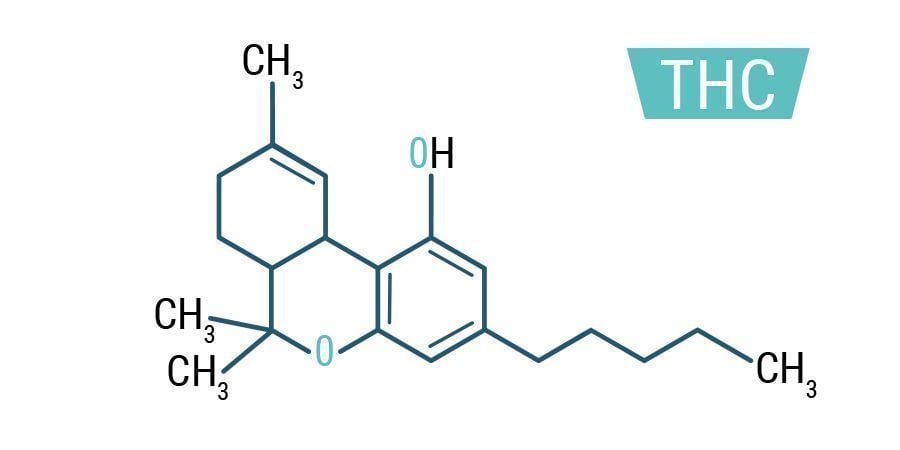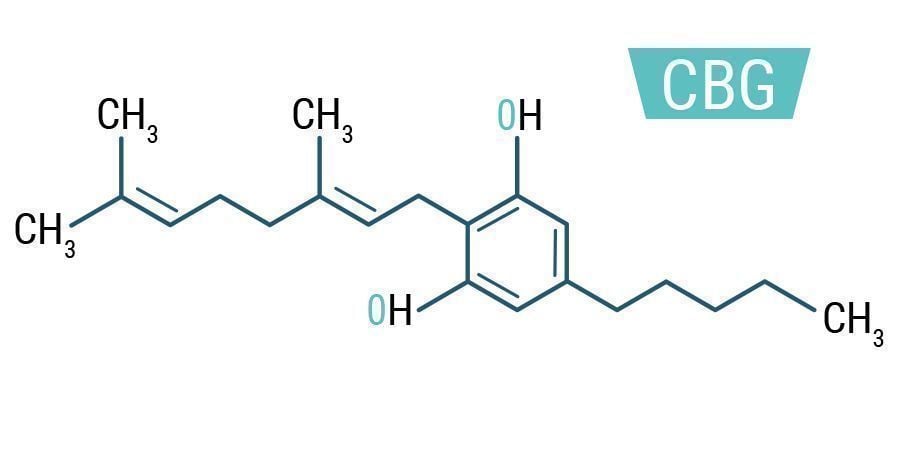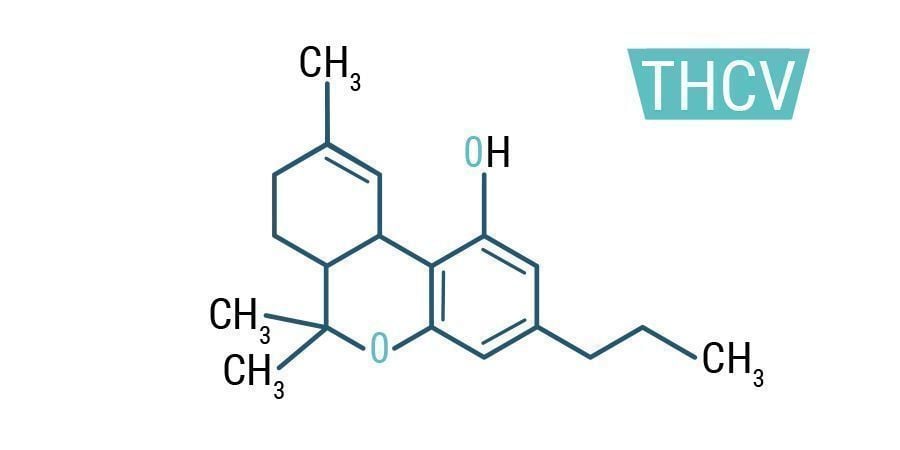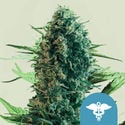9.6 out of 10 based on 54411 reviews
- Secured Payment
- Customer Service Monday - Friday 8:00am-12:00pm EST
- Fast and Discreet Shipping!
- Free Giftbag with every order above $75,-
9.6 out of 10 based on 54411 reviews
-
Seed Shop
-
Top 10’s
- Top 10 Feminized Seeds USA
- Top 10 Autoflower Seeds USA
- Top 10 CBD Seeds USA
- Top 10 Zamnesia Seeds
-
Favourites
- Beginner Strains
- Below 1% THC
- Classic Cannabis Strains
- Cup Winners
- F1 Hybrids
- Fast-Flowering Strains
- High THC Seeds
- Mix Packs
- Zamnesia Exclusive Collabs
-
-
THCa Shop
-
Kratom Shop
-
Smoke Shop
-
Smartshop
-
Shroom Shop
-
Growshop
-
Seed Shop
All CategoriesSeed Shop
-
TRIBE
All CategoriesTRIBE
- My Membership
- Spend Gift Points
- Exclusive products
- Earn Extra Gift Points
-
TRIBE
- Early Access
- Refer a Friend
- Information
-
TRIBE
-
Language
 United States
United States
Tuesday, 08 April and Monday, 14 April 2025*
- Zamnesia >
- CBDshop >
- CBD, THC & CBG - Exploring Cannabinoids
CBD, THC & CBG - Exploring Cannabinoids
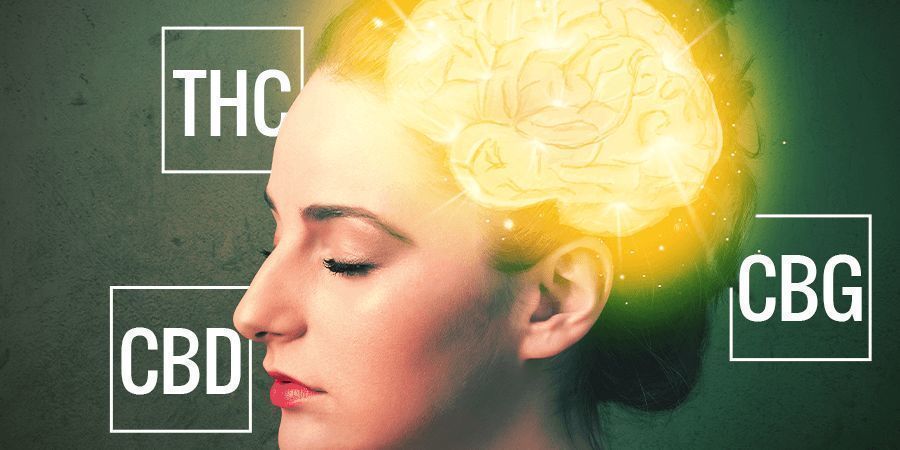
Cannabis contains over 480 active compounds, 80 of which are only found in cannabis. This is a lot of different variables that affect the body, and it partly why there is always new scientific research being published outlining new cannabis discoveries.
The 80 compounds only found in cannabis are known as cannabinoids. These interact with the receptors in our body to induce effects within our nervous system and brain. The below is a brief outline of the 8 major cannabinoids found within marijuana.
THC
This is the most commonly recognized and abundantly found cannabinoid within cannabis; it stands for delta-9-tetrahydrocannibinol. This cannabinoid is responsible to the main psychoactive effect experienced when consuming cannabis, it stimulates parts of the brain causing the release of dopamine – creating a sense of euphoria and well being. THC also has analgesic effects, relieving the symptoms of pain and inflammation. Combined they cause a great sense of relaxation.
View "Top 5 THC Cannabis Strains"
CBD
Cannabidiol, or CBD for short, tends to be the second most abundant cannabinoid in marijuana. It is a non-psychoactive component that is believed to reduce and regulate the effects of THC. This means that strains high in THC and CBD will induce much clearer head highs than more hazy, heady strains containing very little CBD.
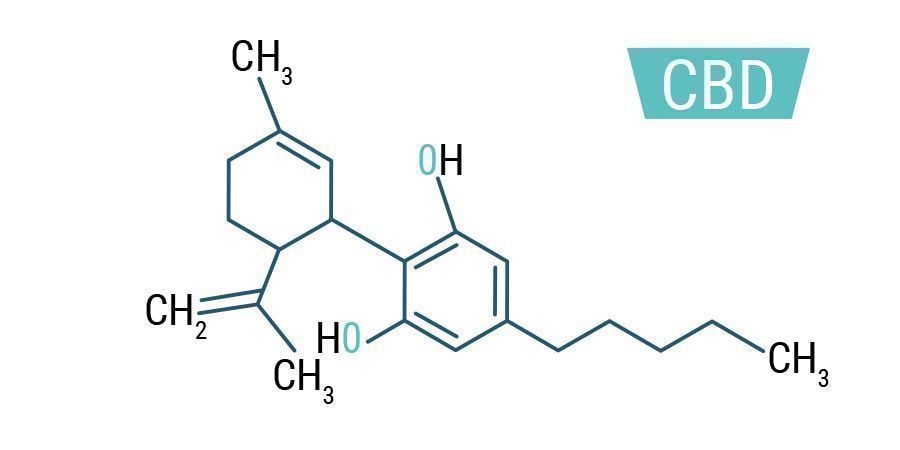
View CBDshop
CBN
Cannabinol, or CBN for short, is a cannabinoid that is created from the break down of THC through oxidization. It is mildly psychoactive and is only found in small quantities within fresh cannabis plants. It can be kept to a minimum by keeping harvested cannabis stored in a dark, dry place. The effects of THC tend to be preferred to CBN – as CBN is not as strong as THC and can cause grogginess when found in high concentrates. It is also known to relieve pressure behind the eyes.
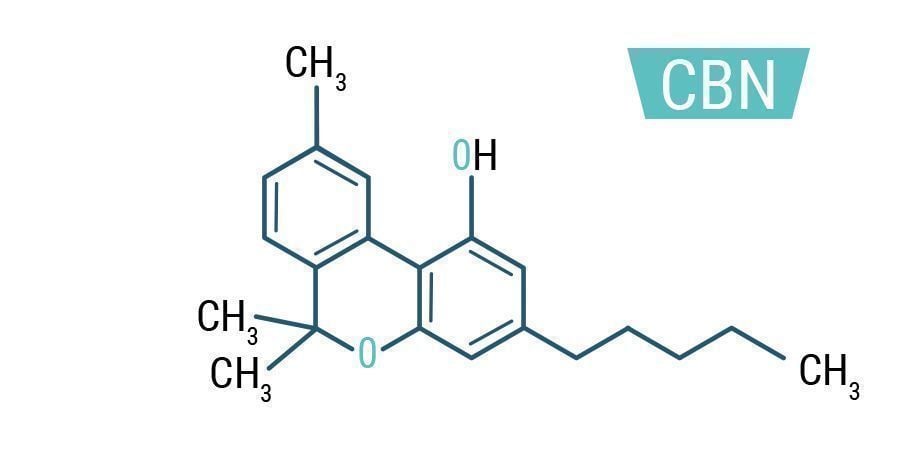
CBG
CBG, also known as cannabigerol, is an active compound in cannabis. Very recent research has found that, whilst not traditionally though to be very prevalent within most cannabis strains, it is likely to be the “template” or “stem cell” for both THC and CBD. This means that both THC and CBD start out as CBG. CBG has also been found to inhibit the uptake of GABA, this causes a feeling of relaxation that is normally associated with CBD. These findings have spurred new ongoing research into the cannabinoid, meaning it may have even larger implications.
THCV
Tetrahydrocannabivarin, or THCV for short, is thought to be a cannabinoid that moderates the intensity of the psychoactive effects of THC. Current research being conducted into THCV also suggests that it can be used to treat metabolic disorders and act as an appetite suppressant.
CBC
Cannabichromene, or CBC for short, is thought to have anti-inflammatory and analgesic effects, although not much medical research has been conducted into the cannabinoid. Recent research that has been done suggests that it could have a potential role to play in brain cell regrowth.
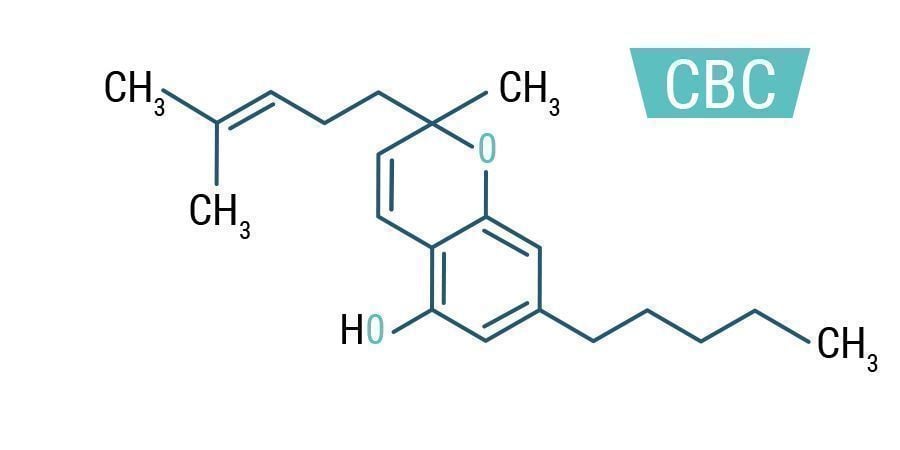
THCA
THCA is the acid form of THC. It is a raw state in which THC can be found in fresh cannabis plants. It is when cannabis is heated that THCA converts to THC. When it is in this raw form, THCA is not considered to be an active compound.
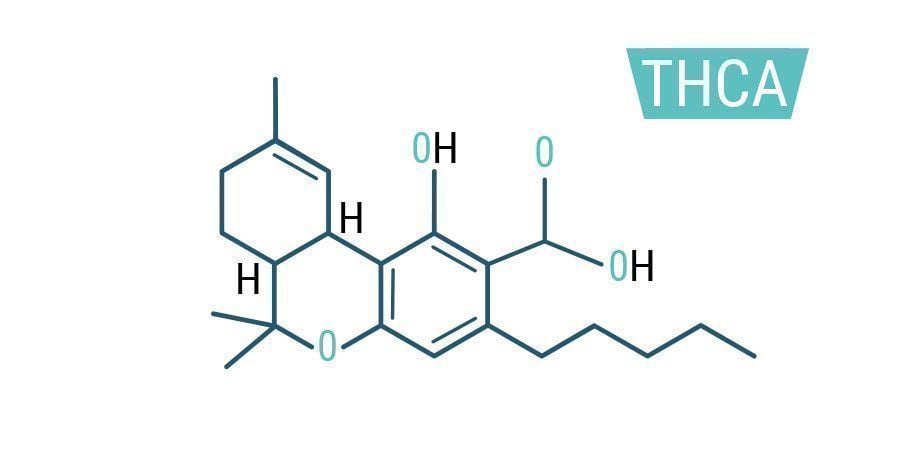
CBDA
Much like THCA, CBDA is the acid form of CBD. It is currently thought to have antimetic (anti-nausea) effects as well as helping to fight breast cancer. However, more research into its medical benefits is needed.
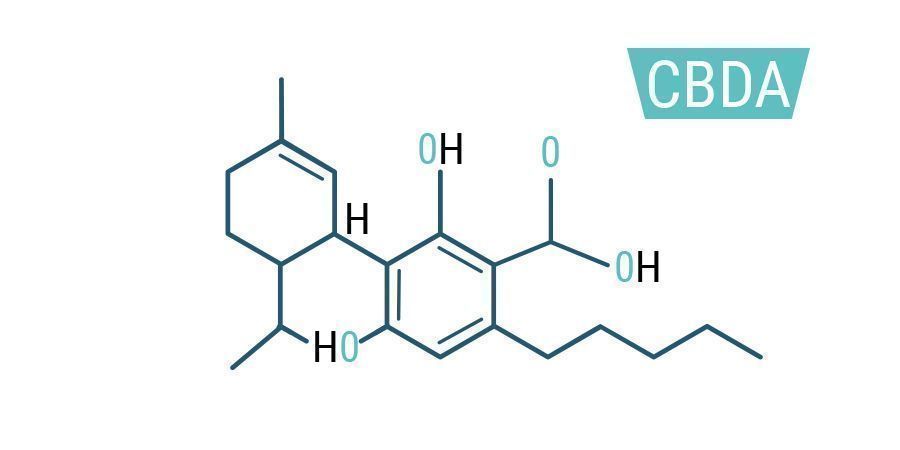

CBD favorites
-
$19.50 $13.65
Categories
-
Seed Shop
- Feminized Seeds
- Autoflower Seeds
- Regular Cannabis Seeds
- F1 Hybrids
- Zamnesia Seeds
- Top 10 Autoflower Seeds USA
- Top 10 Feminized Seeds USA
- Top 10 CBD Seeds USA
- Top 10 Zamnesia Seeds
- Beginner Strains
- Below 1% THC
- Classic Cannabis Strains
- Cup Winners
- F1 Hybrids
- Fast-Flowering Strains
- High THC Seeds
- Mix Packs
- Zamnesia Exclusive Collabs
- Amnesia Seeds
- Blueberry Seeds
- Cheese Seeds
- Diesel Seeds
- Gorilla Seeds
- Haze Seeds
- Kush Seeds
- Purple Seeds
- Skunk Seeds
- White Widow Seeds
-
THCa Shop
-
Kratom Shop
-
Smoke Shop
-
Smartshop
-
Shroom Shop
-
Growshop

Account
Information
Our Offers
Our website won't work without these cookies activated. Therefore functional cookies can't be disabled.















